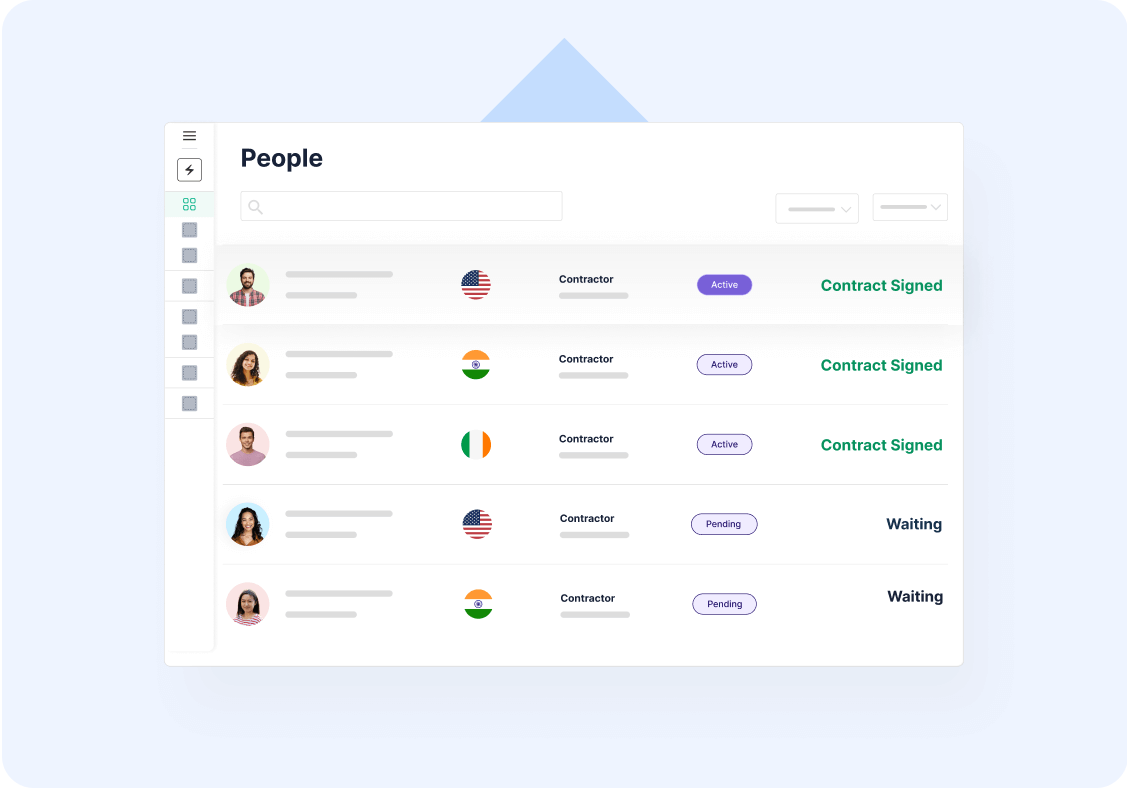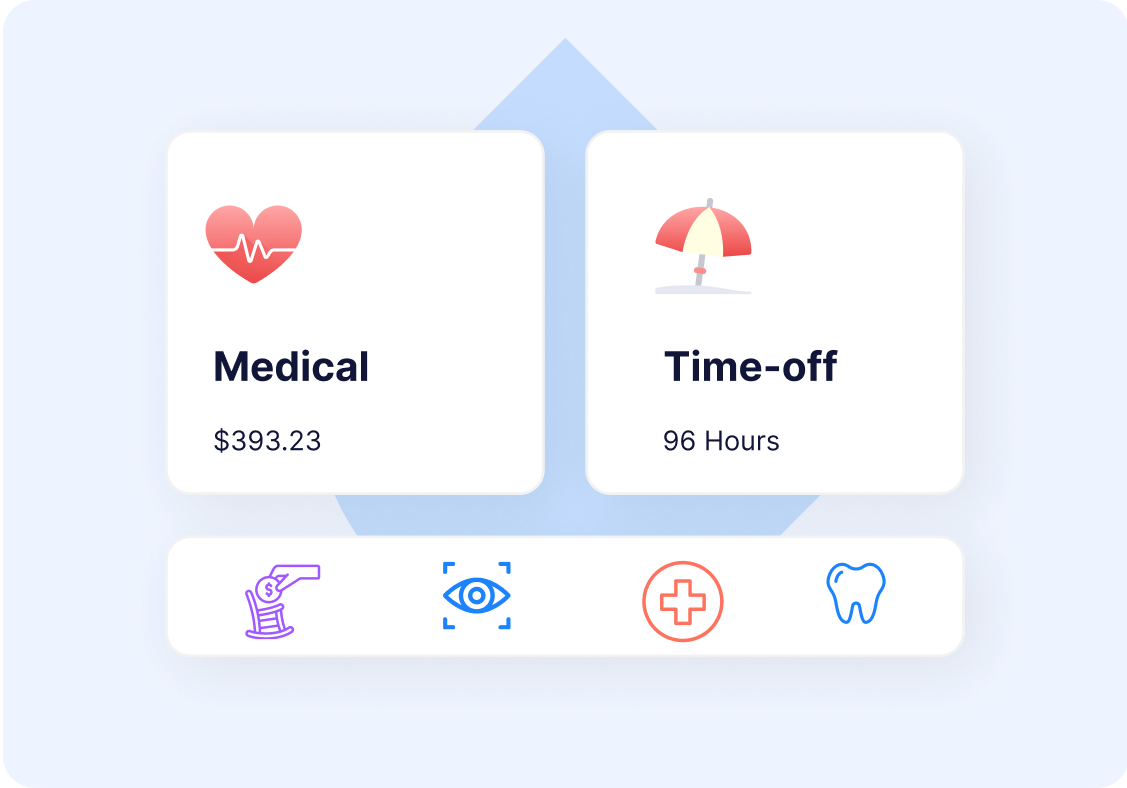
































.svg)

.webp)
%20(1).avif)
































Whether you are looking for employees in India or contractors in Portugal, access a pre-vetted talent pool. Our experts get the perfect match for your team in just a few clicks, ensuring skill, diversity, and fit.

Create, send and sign contracts based on country-specific laws with our plug-and-play solution. Send your team necessary equipment (monitors, headsets, laptops, etc.) without logistical headaches.
%20(1).png)
Say goodbye to manual entries, delayed payments and loss of currency. Skuad automates the entire process, so you can consolidate payroll to a single dashboard and pay your global with the click of a button.
%20(1).png)
Offer benefits that your employees will love, and keep them healthy and motivated. From payslips to time and attendance, employees can access everything they need easily on Skuad's unified platform.











Transform your global employment journey with customized, efficient, and trustworthy solutions.
See the latest blogs, news and insights about global HR and international employment.

Human Resource Management is the practice of overseeing and managing the people who work within an organization. See how globalization has impacted its processes with our comprehensive guide.

Hiring and onboarding global talent are excellent ways to grow your company internationally. But they aren't without their complications. Read more about how you can overcome these challenges with Skuad.

Company culture is one of the essential factors in running a successful organization. This article highlights everything you need to know about how to build culture in the workplace for your distributed team.
Global HR oversees all HR functions internationally. It includes sourcing, screening, hiring, and managing employees & contractors, ensuring compliance with local labor laws and regulations, managing international payroll, benefits,and compensation, along with facilitating global mobility when required.
An HR platform is a comprehensive software solution that automates and manages human resource processes for companies. It serves as a central system for managing recruitment, onboarding, payroll, performance evaluations, benefits administration, time and attendance, and employee data. HR platforms improve efficiency, reduce manual work, enhance employee engagement, and provide analytical insights into workforce management, helping organizations make informed decisions.
The key difference between HR (Human Resources) and global HR lies in the scope of their operations. HR refers to the management of employees within a single country. At the same time, Global HR, extends responsibilities across multiple countries, dealing with the complexities of managing a diverse international workforce, including navigating different legal and cultural environments.
The benefits of a global HR system include streamlining HR processes across all countries, improved compliance with international labor laws, centralized management of global workforce data, enhanced efficiency in payroll and benefits administration, and better strategic alignment of human resources with global business goals.
Skuad offers a unified platform to simplify the complexities of global workforce management. Skuad enables compliant global team management and payroll services in over 160 countries without the need for local entities. It provides solutions for talent discovery, local onboarding, multi-currency payroll, and employee experience management, ensuring that all HR processes are compliant with local laws.
The five main functions of global human resource management are:
Paid Time Off (PTO) policies vary widely across countries and companies, making it difficult to provide a global average. However, according to a 2019 study by the International Foundation of Employee Benefit Plans, the average number of PTO days for full-time employees in the United States was 17.1 days per year.
The United States does not have a federally mandated annual leave policy for private sector employees. Instead, companies are free to set their own policies and offer vacation time, sick days, and other forms of paid time off as they see fit. The average number of PTO days for full-time employees in the United States was 17.1 days per year.
Iran is the most generous country when it comes to paid time off, with 27 holidays and 26 days of paid leave contributing to a total of 53 paid vacation days.
Vacation and PTO (Paid Time Off) are both types of paid leave, but they differ in how they are earned and used. Vacation time is typically earned over time and can only be used for planned time off, while PTO combines vacation, sick leave, and other types of paid leave into a single bank of time that can be used for any purpose.
The United States does not have a federally mandated mandatory leave policy for private sector employees. However, the Family and Medical Leave Act (FMLA) provides eligible employees with up to 12 weeks of unpaid, job-protected leave for certain family and medical reasons.
Vacation and annual leave are both types of paid time off, but the main difference is that vacation is typically used for leisure and personal activities, while the annual leave is more flexible and can be used for any purpose, including personal and medical needs.
The most common PTO (paid time off) policy in the US is the accrual method, where employees earn a certain amount of PTO hours for each hour worked, typically ranging from 0.5 to 1.5 hours per week depending on the company's policy. Once accrued, employees can use their PTO hours for vacation, sick leave, or personal time off, subject to their employer's approval.
Global employment, payroll, teams and expansion, simplified.
Request demo